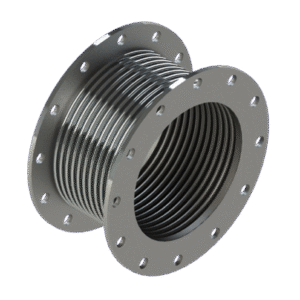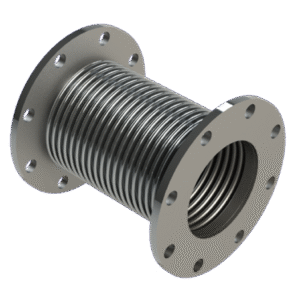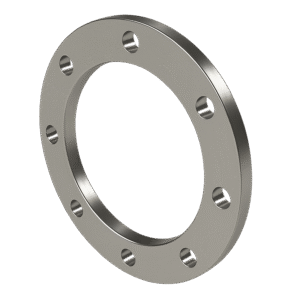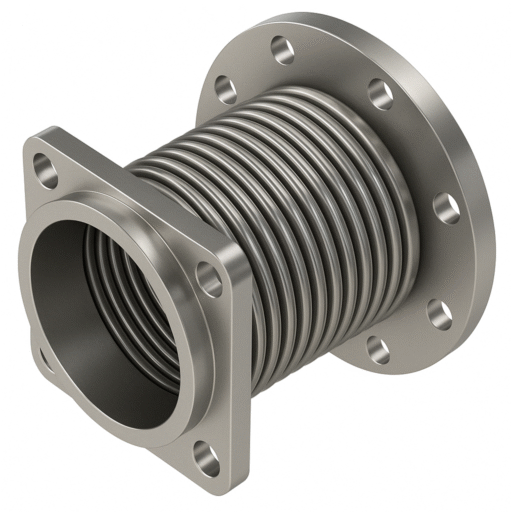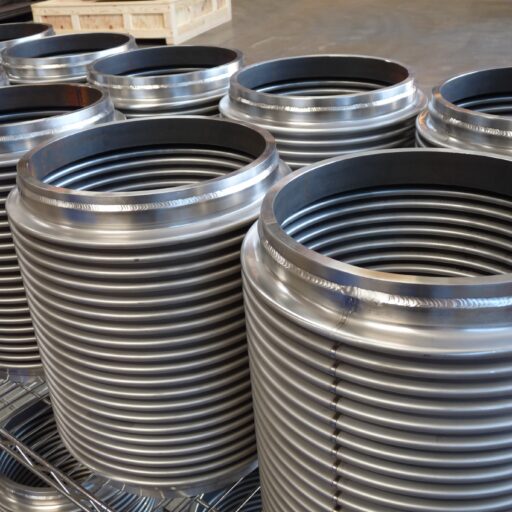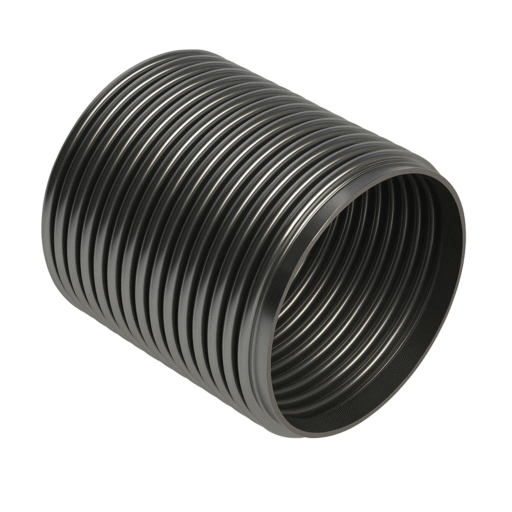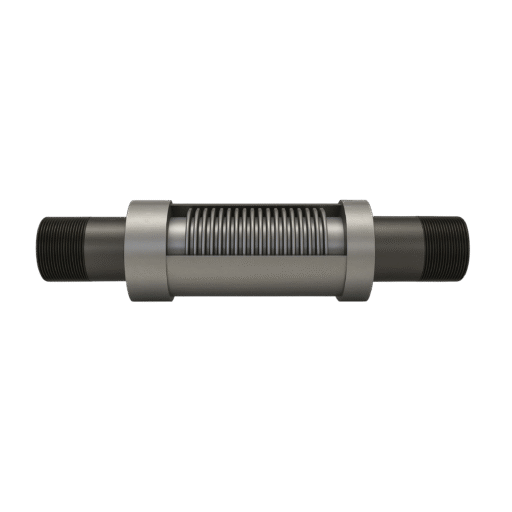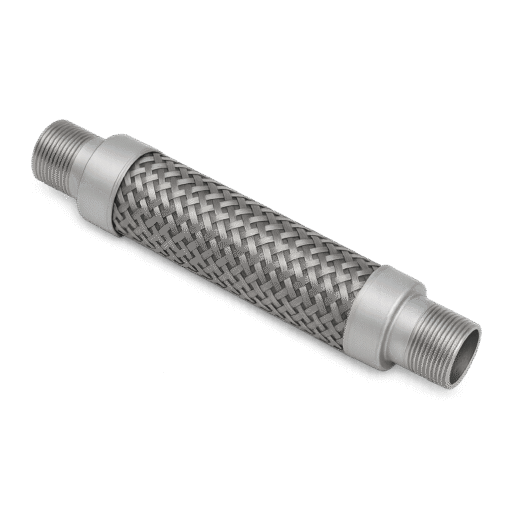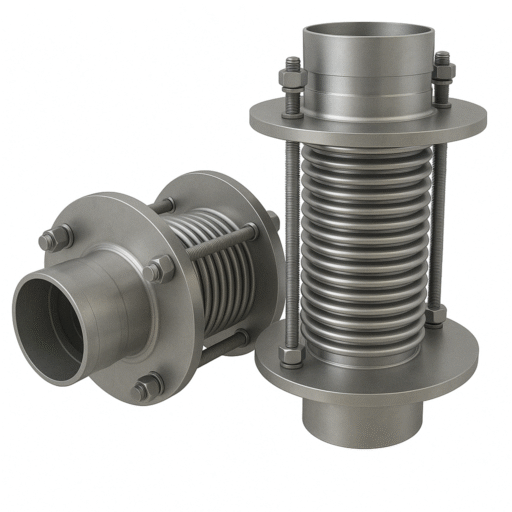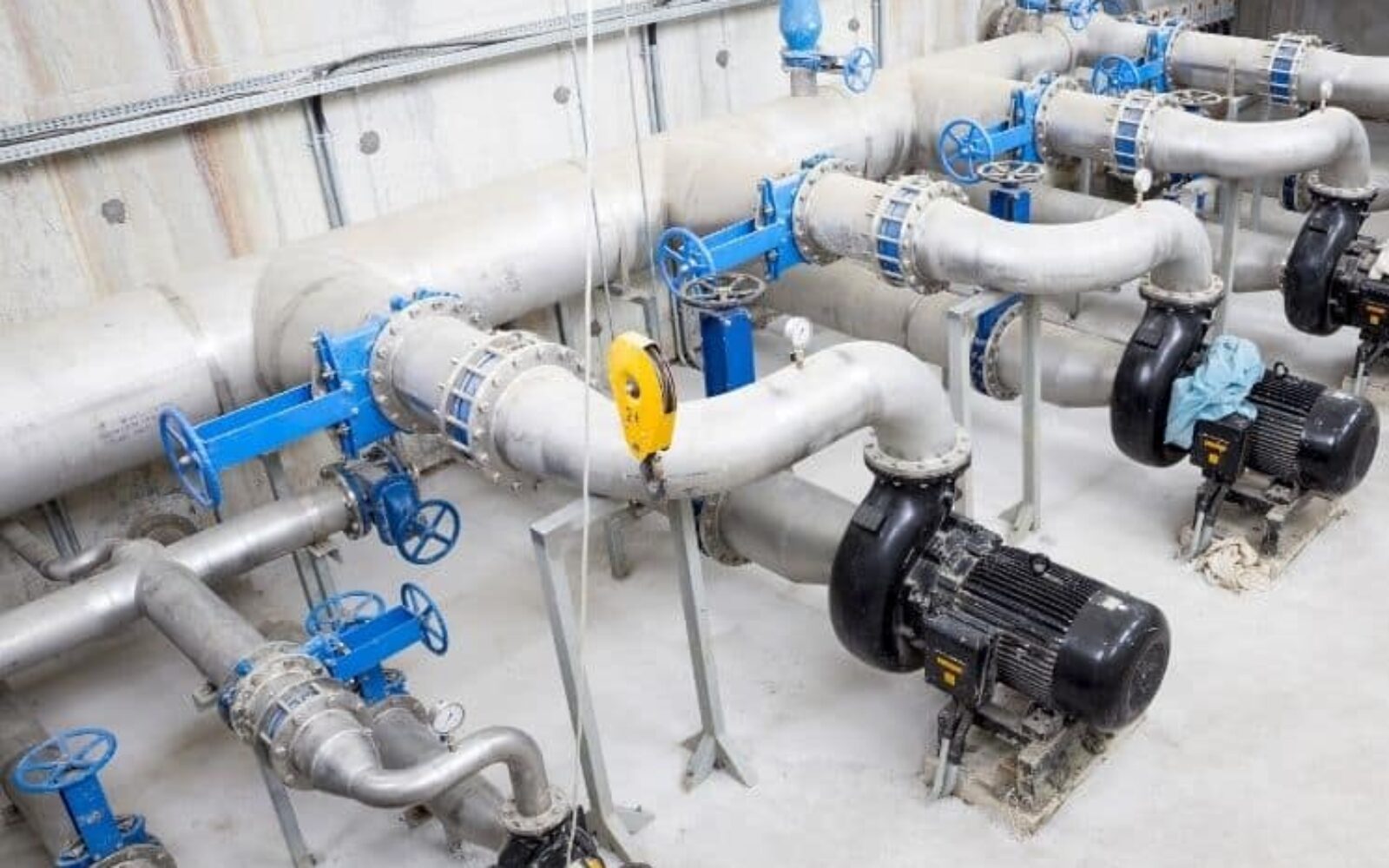Though it’s icky to think about, wastewater is important. These piping systems help keep buildings sanitary and smelling nice. Without them, there’s no telling how gross it’d be to walk into each establishment. Surprisingly, these mechanisms are more complex than you may think. This article will tell you about how expansion joints are used in wastewater treatment so you can develop a newfound appreciation for the systems.
Vibration and Pipe Movement
Perhaps the most significant role that expansion joints play in wastewater treatment is that they limit vibration. Think about it; when you flush a toilet, it vibrates. Sometimes, this vibration can be felt in the pipes, causing them to move. You don’t want this to happen because when pipes become misaligned, they’re likely to burst. For this reason, you should make sure your manufacturer uses top-of-the-line bellows expansion joints when developing your piping system. These expansion joints will limit the vibrations and ensure nothing bursts prematurely.
Limiting Smell
It’s always bad when a pipe bursts. However, it’s extremely detrimental when a wastewater pipe explodes. The main reason you don’t want a wastewater pipe to burst is because of the smell. Some of the non-biodegradable materials may make their way through the pipe, creating a less than ideal situation. For this reason, engineers place expansion joints in piping systems to stop this from happening.
If you’ve been wondering how expansion joints are used in wastewater treatments, your questions have now been answered. No one should construct piping systems without these fundamental parts because they are the key to limiting vibrations.
Pro Tip: Expansion joints can also help limit noise when the toilet flushes.
If you’re an engineer in this field, you should contact Triad Bellows today. We have top-quality expansion joints that adjust to vibrations and different temperatures. We understand that external factors may compromise the piping systems you’re looking to build. That’s why we’ve created products to minimize their impact so the pipes can run as efficiently as possible.
